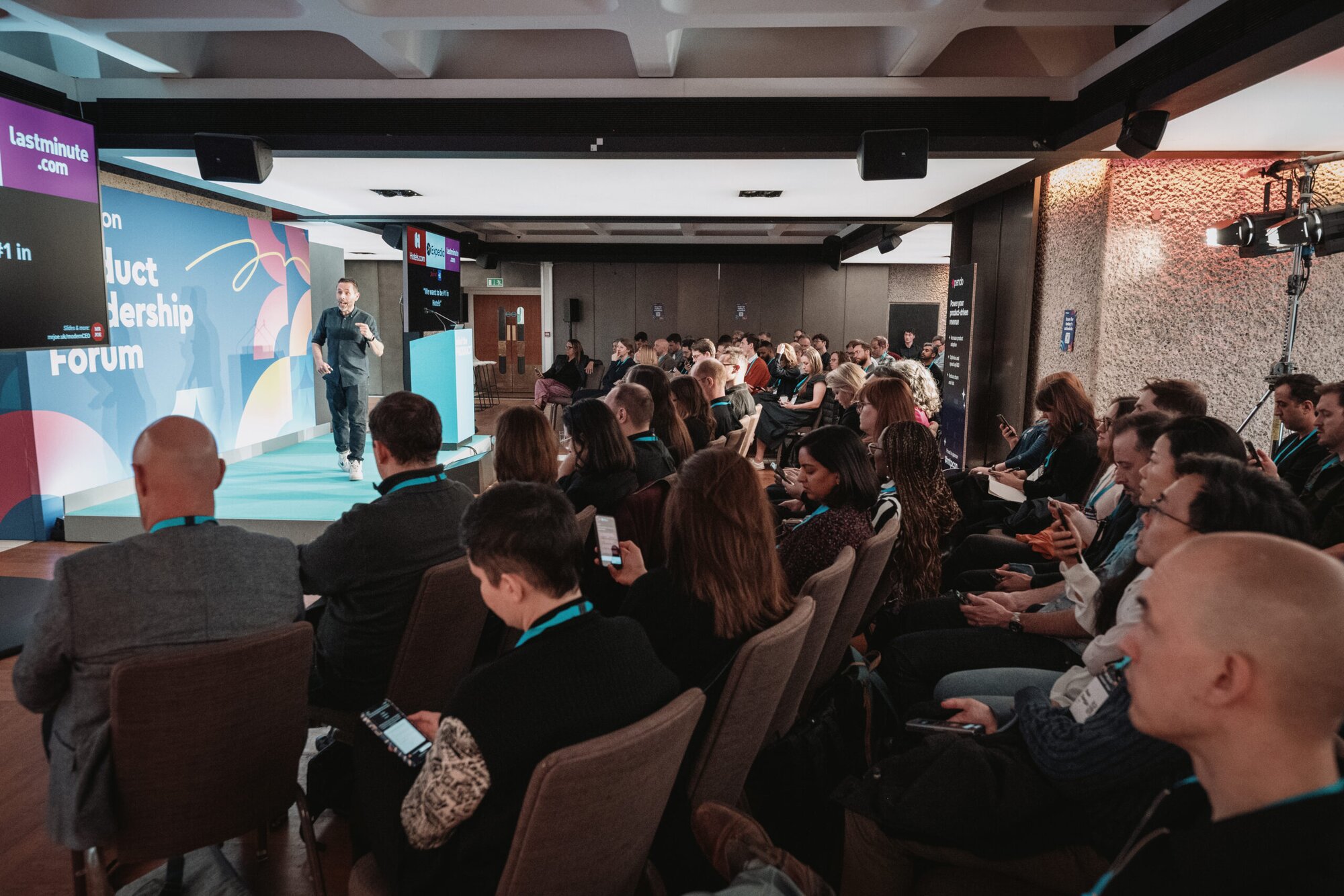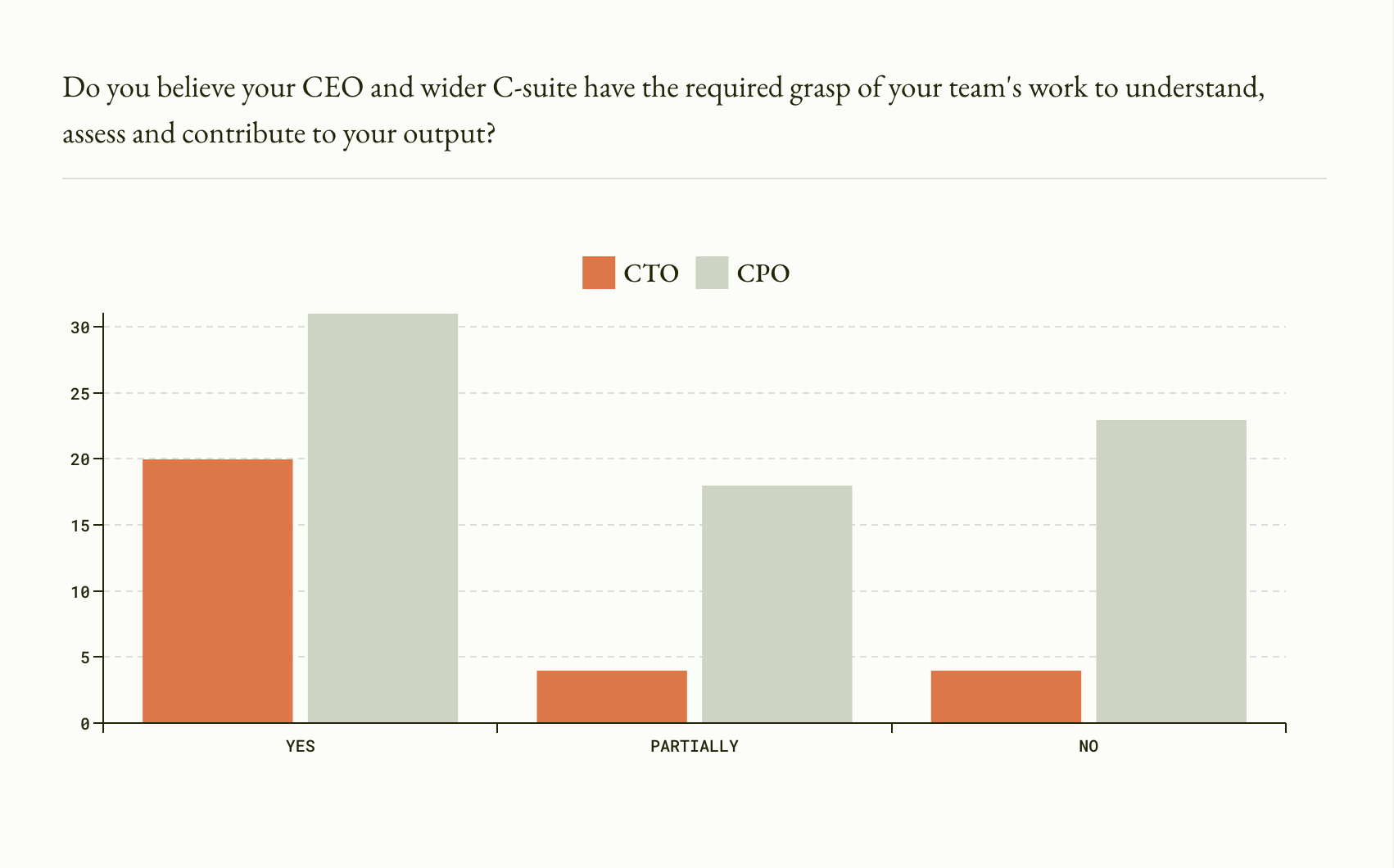What are you doing at Forbes, and how did you get into product?
I am Vice President of Product at Forbes and my path to product has not been linear. I started my career in the life sciences with the goal of one day pursuing academic research and advocating for evidence-based science education and policies. Can you tell I am a D.C. native? I distinctly remember being given the opportunity to partner with accomplished scientists to help communicate and disseminate their research online. I quickly became exposed to the importance of a strong content strategy and a compelling visual presence as a mechanism to facilitate shared understanding of the mission and vision behind these organizations.
In an effort to diversify my skill set and ensure long-term professional marketability, I enrolled in an introductory web development program through Women Who Code. Through this course, I developed a love for experimentation, conceptualization, design, and continuous iteration, sparking a newfound passion for the product development lifecycle. Fast forward through completing my Masters degree at Northwestern University and shaping products across a number of industries from the life sciences, financial services, AI, to now media.
I am enjoying each and every minute of working at Forbes, where I have the unique opportunity to partner with industry experts across the business and a pool of extraordinarily gifted product managers. Each day is different from the one before and I have the privilege of being able to drive engagement and maintain our position as one of the most prominent media brands in the world.
How has Forbes made a transformation in the digital world, and how has the product strategy changed as a result of this?
Forbes' transformation in the digital world has been characterized by adapting to changing user behavior, embracing technology, and diversifying revenue streams. The shift to digital-first has equipped us with the ability to reach a global audience, gather valuable user insights, and offer personalized experiences to our readers. Embracing data-driven insights has allowed us to focus even more so on personalizing content recommendations in an effort to improve reader experiences and drive engagement and retention. We have also been able to monetize our online presence by employing various digital advertising models, expanding our subscription offerings, and continuing to focus on our commitment to recognizing success and providing valuable industry insights through Forbes lists and profiles.
To continue thriving in the rapidly evolving digital landscape, we are investing in several key areas to evolve our product strategy and media presence which, to summarize, include championing our users, driving technological innovation, and leveraging data-driven decision making to provide even more valuable and engaging content. Perhaps one of the most recent developments has been our investment in emerging technologies across AI/ML, digital assets, and Web3 to create more immersive content experiences to better inform content creation, distribution strategies, and targeted advertising to drive informed decision-making, acquisition, and reader engagement. As we look ahead, we will continue to diversify our offerings to attract new audiences and increase revenue opportunities.
What has been the biggest challenge in your area at Forbes, and how have you resolved this?
One of the biggest challenges leading and shaping our product vision has been needing to stay ahead of the ever-changing and competitive nature of the digital media landscape. Being a strong product leader in this space requires continuous innovation, adaptability, and the ability to stay ahead of emerging trends while ensuring we retain a strong user base and brand identity.
What have been your biggest lessons learned throughout your career?
Ultimately, being a strong product leader demands a combination of strategic thinking, leadership skills, customer empathy, and a passion for driving innovation to create successful products that meet the needs of the organization and its users. In my early career, I had a mentor who played a strong role in helping me become the product leader that I am today. In our conversations together he would remind me of the product management fundamentals—know your why and be prepared to say no. My success as a product manager—and now leader—can be directly attributed to this guiding principle.
Something I continuously emphasize with my team is the importance of knowing their "why" to develop a deeper sense of purpose and direction to guide strategic decision-making. Learning to say "no" while prioritizing relationship building has allowed us to build trust and scale credibility across the organization with stakeholders throughout Forbes. Additionally, this has helped our teams maintain focus, avoid scope creep, and resist distractions making us a stronger, more effective product organization.
What role does a product team have to play in the world of digital transformation?
Digital transformations are an ongoing and continuous process rather than a one-time event. In today's fast-paced and ever-changing media landscape, technology and customer preferences evolve rapidly, and businesses need to adapt continually to remain competitive and relevant. Driving transformation within Forbes has involved creating a clear vision and strategy aligned with overall business objectives by which product, engineering, design, and the business can champion and rally behind.
Today our product teams are organized by value streams where customer-centricity, efficiency, and collaboration are pivotal to producing outcomes that drive business value. As we look to the future, continuing to foster a culture of innovation and continuous improvement will help ensure a successful digital transformation that allows us to better meet customer needs, improve operational efficiency, and remain competitive in a rapidly evolving media landscape.







